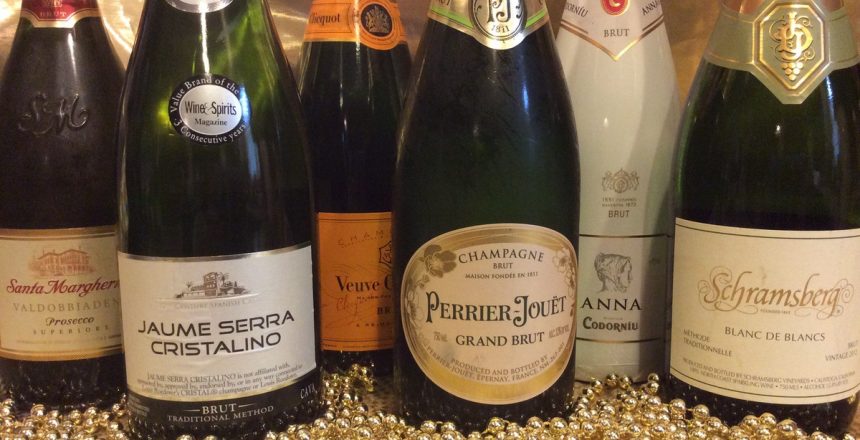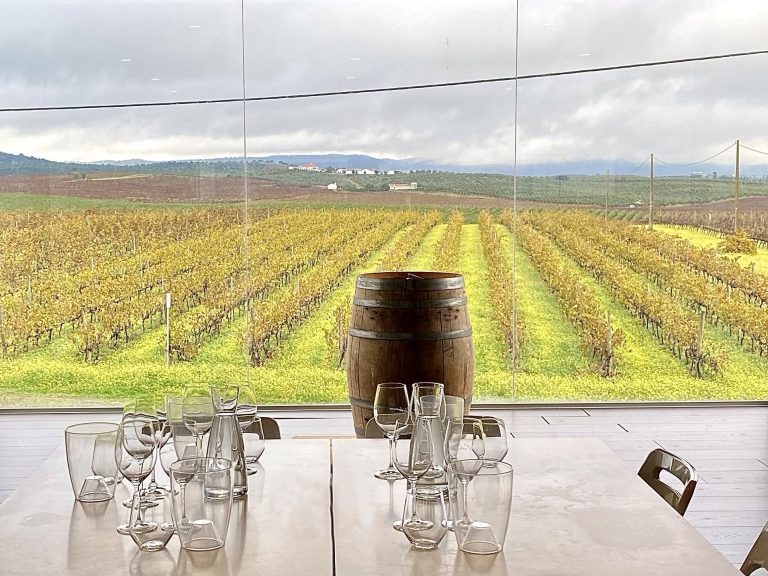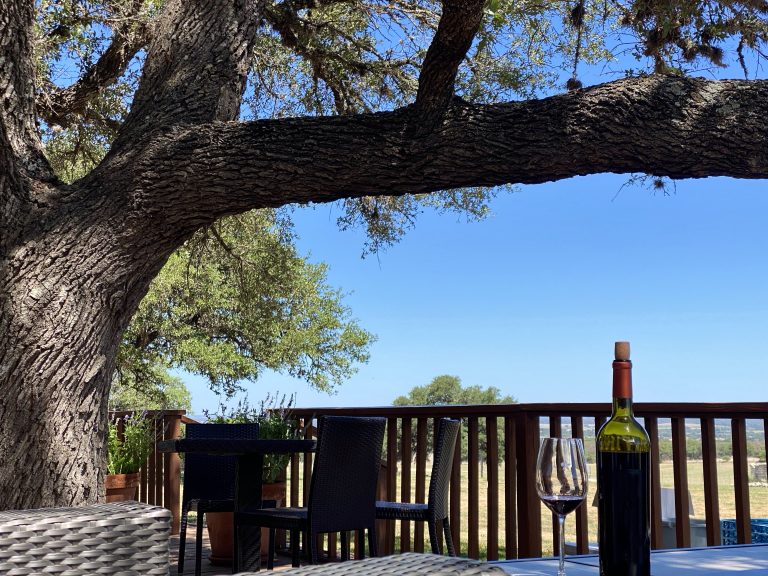So what kind of sparkler are you in the mood for? Champagne? Cava? Prosecco? Sekt? Sparkling Wine? Moscato d’Asti? The choices almost seem endless. As we happen upon the ultimate day for toasting with sparkling wine, New Year’s Eve, I find myself trying to decide what to open. I almost always open a Champagne, because hey, it’s the best, but I also like to open something else. Given that Thing 1 and Thing 2 are relatively young and aren’t awake at midnight to actually toast in the new year, we do two countdowns – one around nine and the other at midnight. I usually open my other sparkler for the first countdown and save my champagne for the “real” countdown at midnight. And yes, it takes a but of stamina to get through both countdowns and both bottles, but I’ve had years of practice.
So what’s the difference between all the sparkling wines? Wines bearing the Champagne label must be from the Champagne region in France. These wines are made from Chardonnay, Pinot Noir, and Pinot Meunier grapes using a method of wine making called Méthode Champenoise or the Champagne method or traditional method. Champagne is definitely one of my splurge wines, something I pull out not only to celebrate, but just when I want to treat myself as I did on this occasion below.

Other regions in France also make sparkling wines using the Champagne method but cannot use the Champagne name. Instead these sparking wines are known as Cremant. So we end up with Cremant de Bourgogne, Cremant de Loire, Cremant d’Alsace, etc. depending on the region in which the wine is made.
Moving outside of France we get Prosecco, Franciacorta, and Moscato d’Asti from Italy, Cava from Spain, Sekt from Germany, and plain old Sparkling Wine from the U.S. And the nice thing is that many of these wines can be had for a fraction of what a bottle of Champagne goes for. Cava in particular is usually a great value. Franciacorta, Cava, and some American Sparkling Wine are made using the Champagne method. There are three other methods of making sparkling wine including Metodo Italiano, also known as the Charmat-Martinotti method, which is used for making Prosecco. The big difference in the methods of making sparking wines boils down to time and money. Wines made using the Champagne method cost more and take longer to produce. Of course there are also differences in flavor profiles and complexity.
When purchasing a bottle, you’ll generally encounter the terms Extra Brut, Brut, Extra Dry, Dry, Demi Sec, and Doux. Instead of Extra Dry and Dry, you may also see Extra Sec or Sec. These are listed in order from dry to sweet so Extra Brut would be the driest while Doux would be the sweetest. So buy and drink accordingly. And keep in mind that there are other types of sparkling wines and many other countries that produce these wines (think South Africa, Austria, Australia to name a few) but these are pretty much the highlights. As for me, I think I’ll start with a $15 Cava for countdown number one.






No Comments